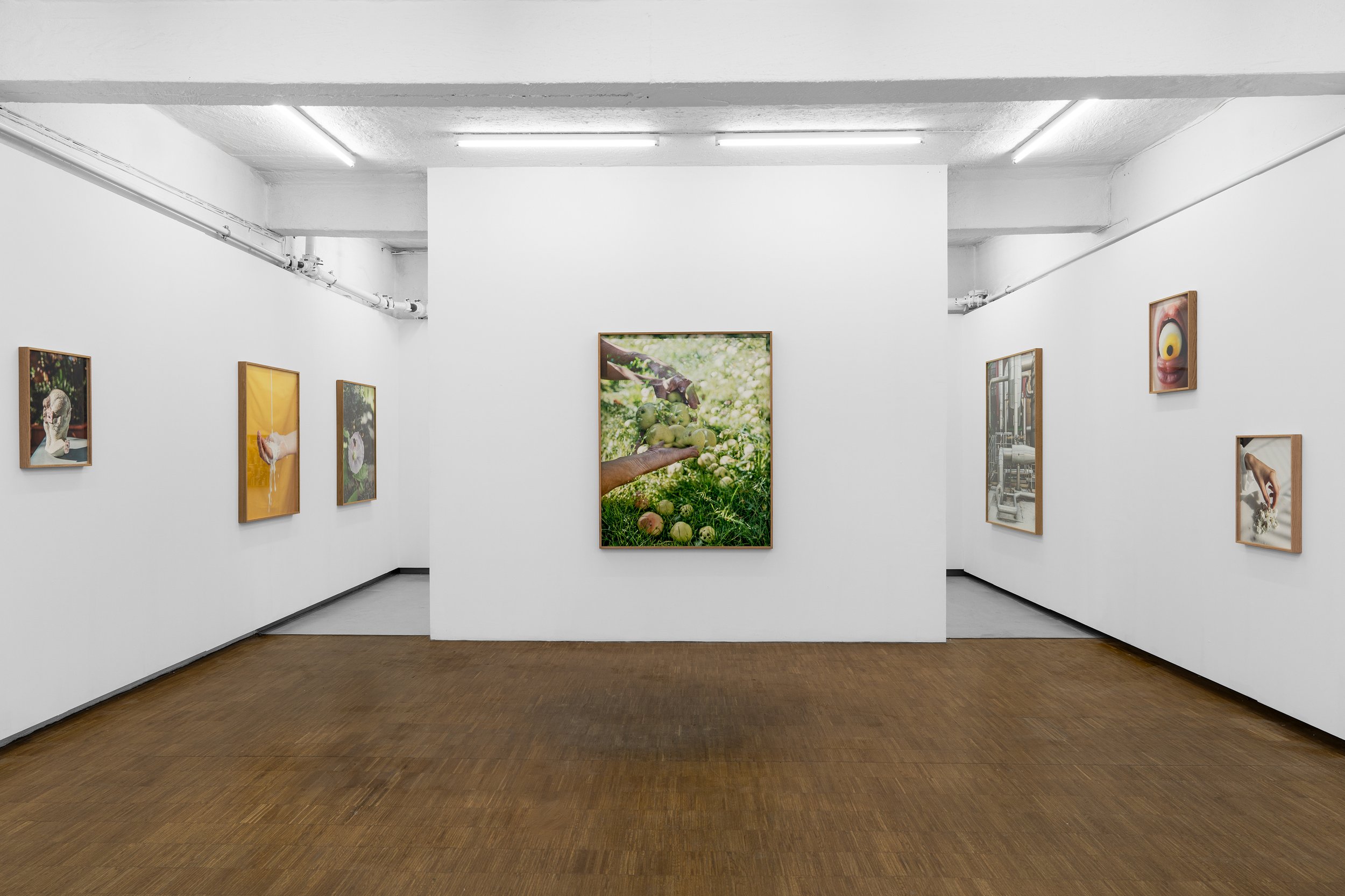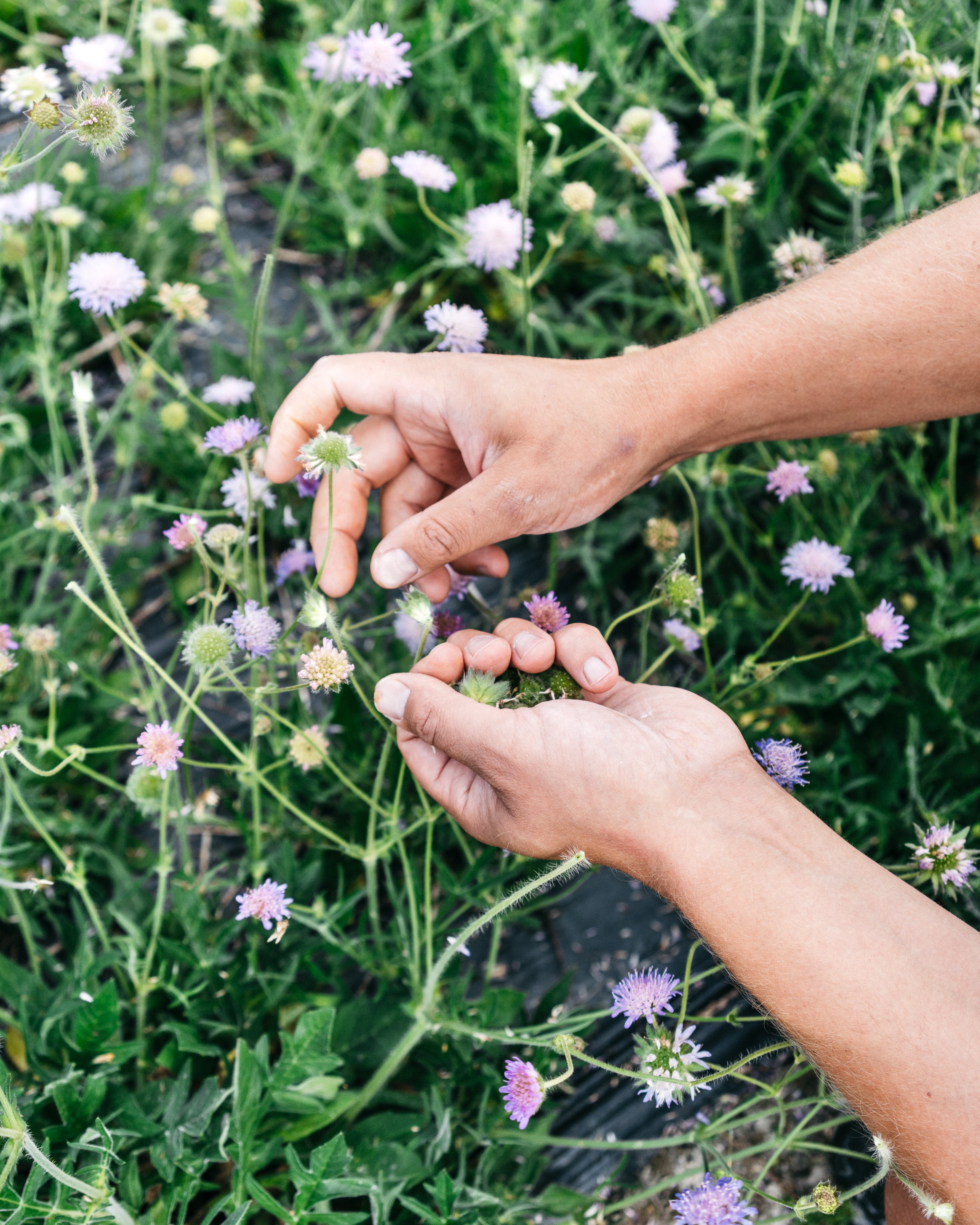Regarding the Pain of the Future
at MELK 2024









Regarding the Pain of the Future, MELK 24
What does it take to be prepared? How do one prepare for a future that looms large, seemingly consisting of a complex web of continuous and interconnected crises? What roles may photo-graphy take in this waning belief in the future? These questions are underlying in Hilde Honerud’s new body of work, Regarding the Pain of the Future, in which she has photographed practices of emergency preparedness.
Emergency preparedness refers to the measures and actions taken to ensure readiness to respond effectively to emergencies and disasters. It in-volves planning, organizing resources, and coordinating efforts to mitigate the impact of potential crises, involving proactive measures directed at future events. Traveling with her family to locations in Europe and Australia, as well as her home county of Buskerud, Honerud has captured motifs that span from small-scale individual “prepping” via nationally organized emergency services to globally scaled initiatives and corpor-ations developing future food supplies, medicines and energy.
The twenty-two photographs on view can roughly be sorted in four categories: semi-close ups of hands that carefully hold an apple, adjusts a helmet, or handle a machine; minor actions directed at major threats, landscapes that have suffered environmental damage, emergency service exercises involving emblematic danger signals such as fire and smoke, and close-ups of models or sculptures of bodily parts. Among the sites, situations, and events Honerud has photo-graphed are bioreactors for new antibiotics, fire- and rescue preparedness exercises, wildflower seed farming, geothermal energy, water reservoir draught, ice glacier covers, wildfire aftermath, anxiety and withdrawal, EKG, precision fermen-ting “artificial” food, organic farming and more. The risks and possibilities of the future are com-plex, contradictory, and difficult to keep in eye-sight and to act on. Honerud’s photographs reflect an ambition to try.
Regarding the Pain of the Future, the project’s title, is an obvious reference to Susan Sontag’s seminal book-length essay Regarding the Pain of Others (2003). (This was Sontag’s last publication before her untimely death the year after.) Discus-sing a variety of historical examples, Sontag here reflects on the ethical and epistemological compl-exities involved in viewing photographs of human suffering and atrocities. Such photographs may on the one hand instigate (an unhelpful?) suffering by proxy, on the other they risk numbing the viewer.
Particularly relevant for Honerud’s project is Sontag’s pondering on the ambiguity of photo-graphic “truth” and of whether staged or edited photographs may still convey any such thing. While Honerud’s practice is rooted in the long-standing tradition of socially engaged docu-mentary, Regarding the Pain of the Future continues her more recent experimentation with image manipulation by using Photoshop against the grain. Interspersed across the gallery are a handful of photographs that tickle both our per-ception and cognition in that they do not seem to add up to one coherent image. In one work, a butterfly on a leaf, photographed in the botanical garden in Copenhagen, is cloned and stamped at a different size. Two versions of the same detail interlace to convey a jolted slide of scale that subtly evokes a slippage between self and world, micro- and macrolevel events (think of the butter-fly effect), present and future.
Another key point Sontag discusses is the power that photography has in shaping collective memory and historical consciousness by highlighting and preserving significant events. Honerud’s photo-graphs highlight key developments in the present but are also directed at the future. Her project thereby harbors an overarching question of whet-her we are witnessing an expansion in photo-graphy’s temporality. Through most of its history, photography has been seen as a witness or reser-voir of the past, and as a medium that fixes and stores time. With digital photography’s algori-thmic and networked conditions for capturing and immediate dissemination images and data, this has changed. Not only does photography point to and participate in a present; it is also increasingly involved in procedures for assessing and predic-ting future events, risks and outcomes. In this sense, photography is itself enmeshed in practices and systems of emergency preparedness.
By Susanne Østby Sæther






















Regarding The Pain of the Future - LES RENCONTRES D'ARLES DE LA PHOTOGRAPHIE - 2023
Norwegian Honerud works in the tradition of documentary photography, but has recently expanded her practice to involve distortion through manipulation. Through several projects, Honerud has shown a strong social and political engagement.
In her ongoing series Regarding the pain of the future, she zooms in on her home country, photographing the labour involved in preparing for future scenarios, including emergency preparation exercises and personal experiences of self-realisation. She follows rescue agencies, seed growers, garden enthusiasts, the military and environmental organisations in Norway. While some of these emergency response services and practices are integral parts of the welfare state, others are the result of a lack of faith in the model to prepare for a precarious future.
Honerud looks closer at how the relations between time, the world, and the self are being reshaped in this situation. For her, this calls for new forms of representation, which she explores in the series through subtle staging and manipulation rather than ‘straight’ documentation to convey subjective experience.
From the publication: Søsterskap, Objektiv #27 - the issue accompanied the exhibition ´Søsterskap - Contemporary Nordic Photography´ which was part of the 2023 Les Rencontres d'Arles.
Norwegian curator team: Nina Strand and Susanne Ø. Sæther
Søsterskap - Objektiv Press 2023
